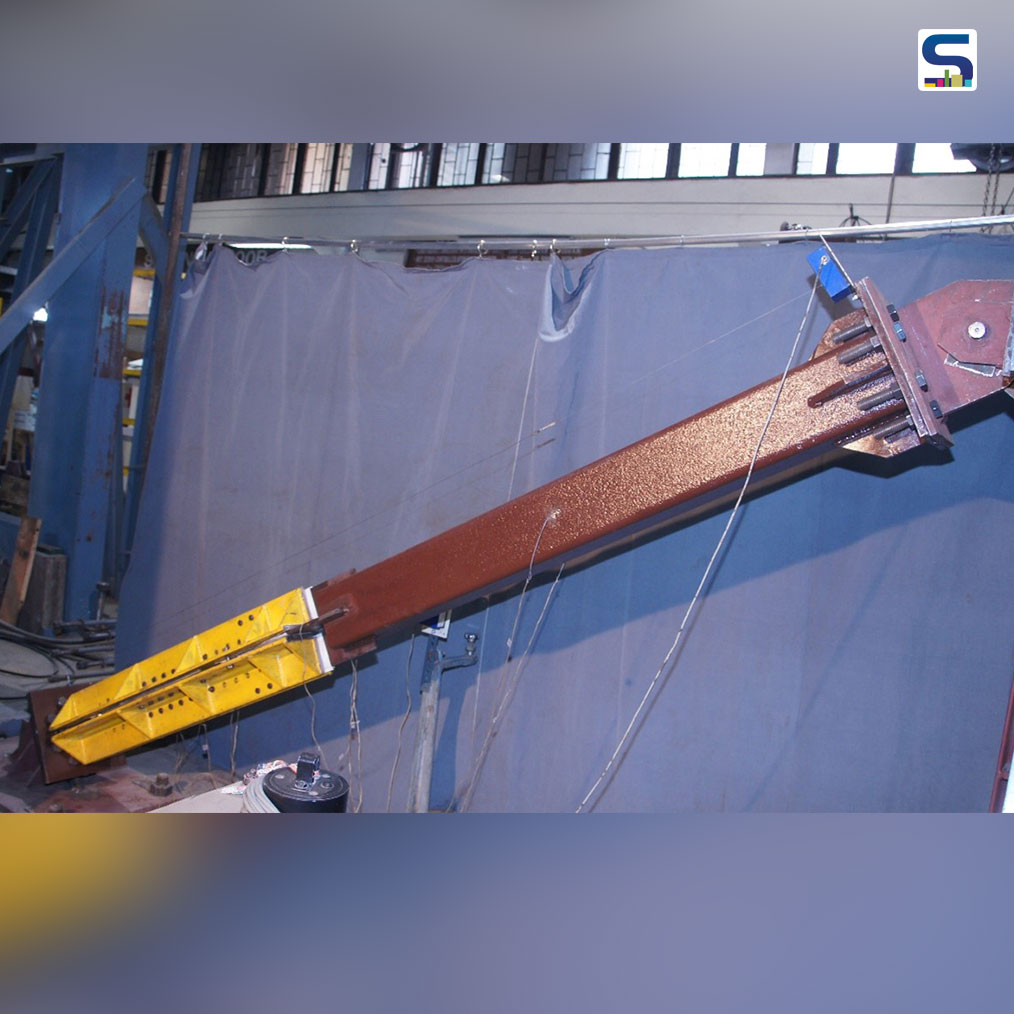
Researchers at IIT Delhi recently invented low-cost super elastic buckling restrained braces that can reportedly improve the protection of buildings from earthquakes. The researchers’ novel hybrid buckling-restrained braces (HBRBs) have higher strength, excellent ductility and better energy dissipation potential. Here is a detailed report on HBRB on SURFACES REPORTER (SR).
Led by Prof Dipti Ranjan Sahoo, Civil Engineering Department, IIT Delhi alongside her student Dr Ahmad Fayeq Ghowsi, the study has been developed under the Fund for Improvement of S&T Infrastructure (FIST) programme of the Department of Science and Technology (DST), Government of India. The duo studied the seismic performances of nearly 10 full-scale HBRBs at a full-scale testing facility in the Heavy Structures Laboratory of the Department of Civil Engineering, IIT Delhi.
HBRB has several advantages to its name including all-steel components, onsite fabrication and assembling process, post-earthquake inspection and easy replacement. Any civil structure’s earthquake resistance is generally improved by using seismic force-resisting systems or vibration control devices. These braces are developed with special structural elements that serve these purposes.
The duo conducted tests on specimens that highlight improvements and modifications at the laboratory. The braces can be reportedly customized as per the seismic demand of the building or bridge depending on its location. According to Prof Sahoo, the proposed bracing system is effective in new constructions and has a great potential for upgrading and retrofitting of seismically deficient reinforced concrete and steel-framed structures such as residential, offices or school buildings. In the case of existing structures, the implementation of HBRB braces is expected to reduce the overall retrofitting cost and minimize intervention and downtime. That being said, the proposed braces are also expected to conveniently adopt in steel and concrete bridges.
A patent has been applied for the proposed bracing system.
Image credits: IIT Delhi